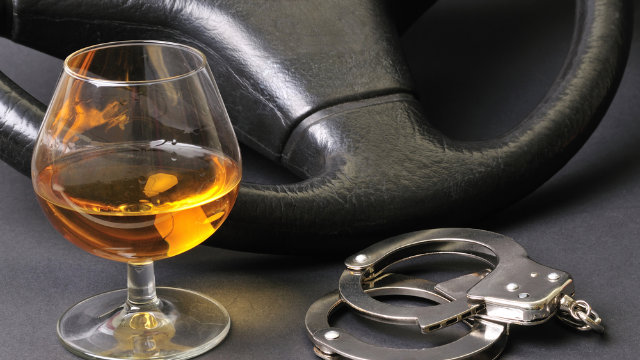SUMMARY
This is AI generated summarization, which may have errors. For context, always refer to the full article.

MANILA, Philippines – Under the influence of illegal drugs or alcohol? Better drop those car keys.
Philippine police and other law enforcement agencies are ready to implement Republic Act 10586 or the Anti-Drunk and Drugged Driving Act after its implementing rules and regulations (IRR) were issued on Friday, May 16.
RA 10586, which was signed into law last year, allows law enforcers to imprison and fine drunk or drugged drivers. Violators face a maximum penalty of 20 years of jail time plus a P500,000-penalty. The minimum penalty is 3 months imprisonment and a P20,000-fine.
Transportation Secretary Jun Abaya said the new law sets the allowable blood alcohol level at below 0.05% for most motorists, but it’s a different story for drivers of public utility vehicles, trucks, buses, and motorcycles.
“In the case of drivers of buses and other public utility vehicles, however, they cannot have any amount of alcohol in their blood at all, since people’s lives are in their hands,” said Abaya.
Jail time and fines aren’t the only punishment violators may face. Holders of non-professional licenses face a 12-month suspension for their first offense, and a perpetual revocation for a second offense. For professional drivers, one offense is enough for them to lose their licenses forever.
Sobriety test, breathalyzers
Under the law and its IRR, drivers suspected of being under the influence will go through field sobriety test – the eye test, the walk-and-turn test, and the one-leg stand.
Drivers involved in car accidents will also be required to go through the same tests. Those who pass the tests will be apprehended for their traffic violations, and not for violating RA 10586.
Failing the test, however, means a driver would need to take an alcohol breath analyzer to determine the person’s blood alcohol level. If law enforcers suspect a driver to be under the influence of illegal drugs, they are allowed to bring suspects to the nearest police station to undergo a drug test.
The IRR was created by the Department of Transportation and Communications, the National Police Commission, the Department of the Interior and Local Government, and the Department of Health. – Bea Cupin/Rappler.com
Drunk Driving image via Shutterstock
Add a comment
How does this make you feel?
There are no comments yet. Add your comment to start the conversation.